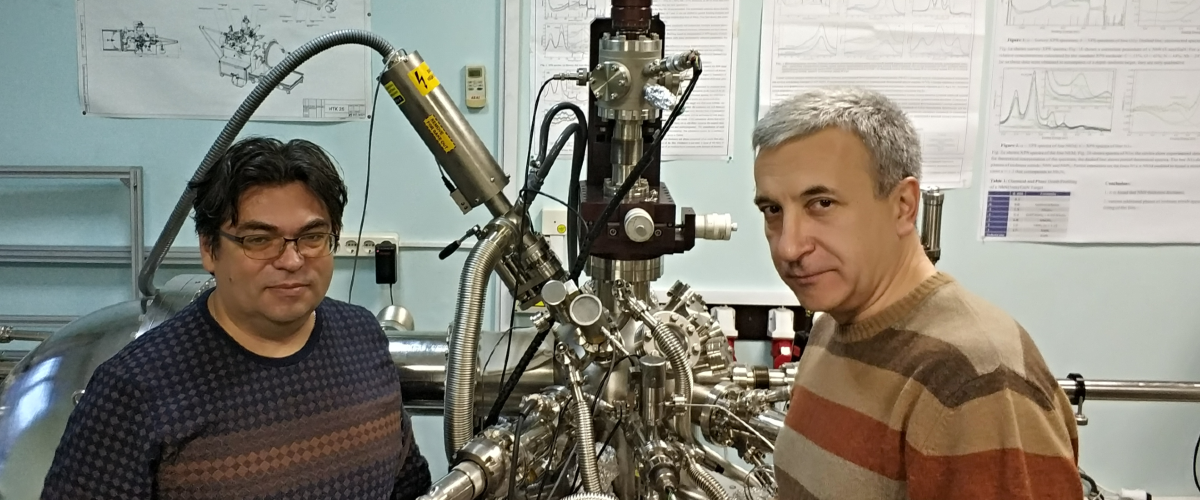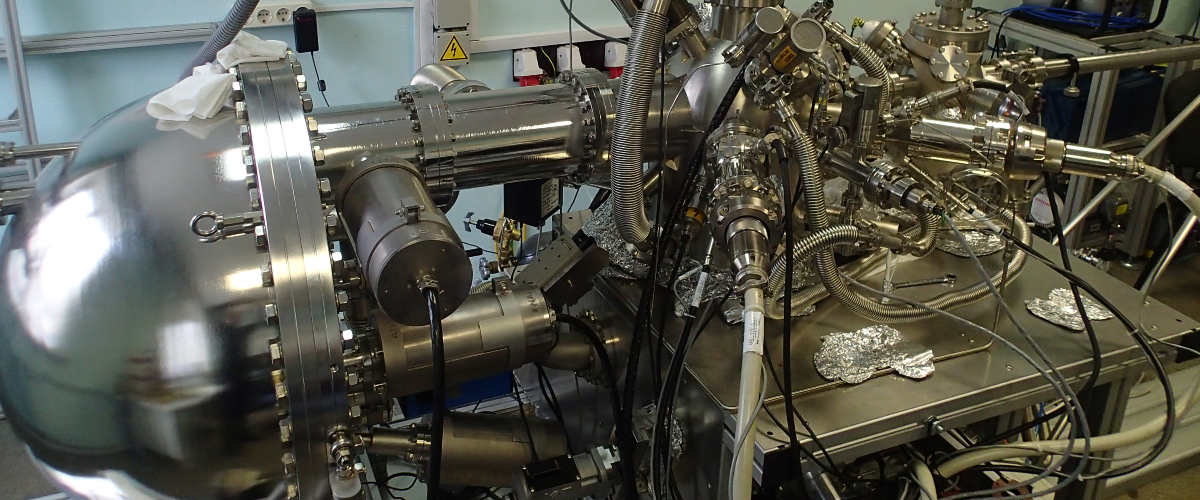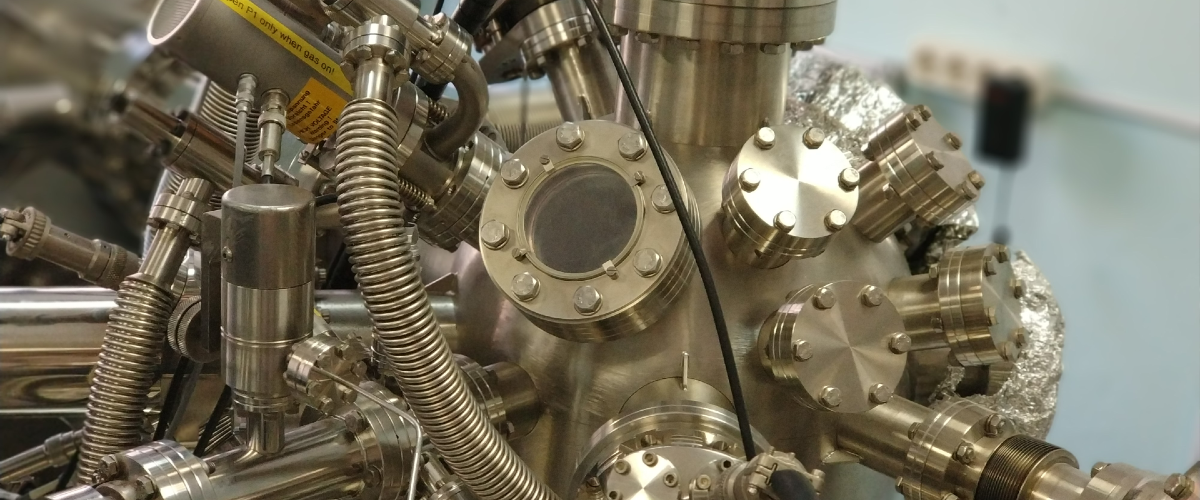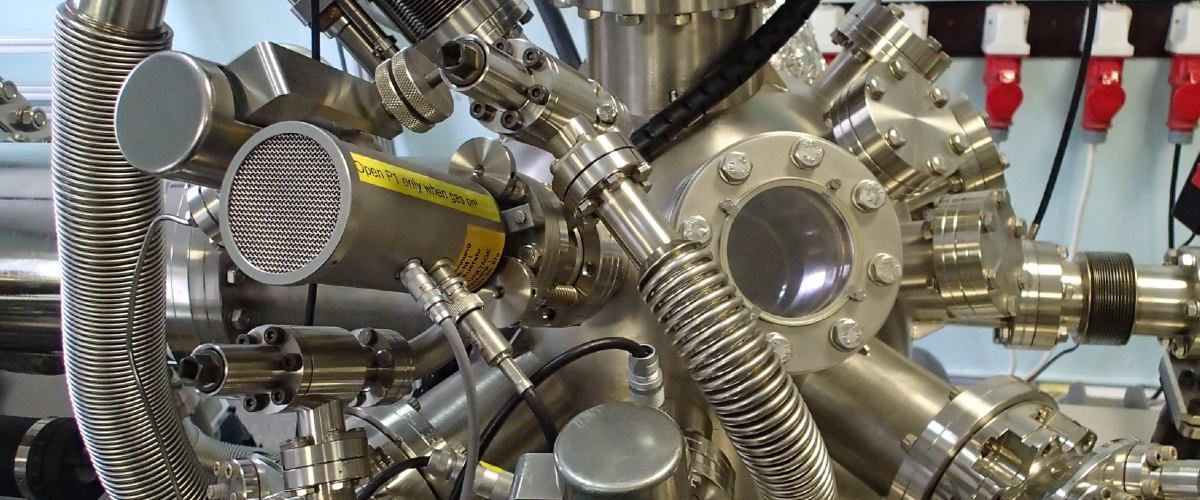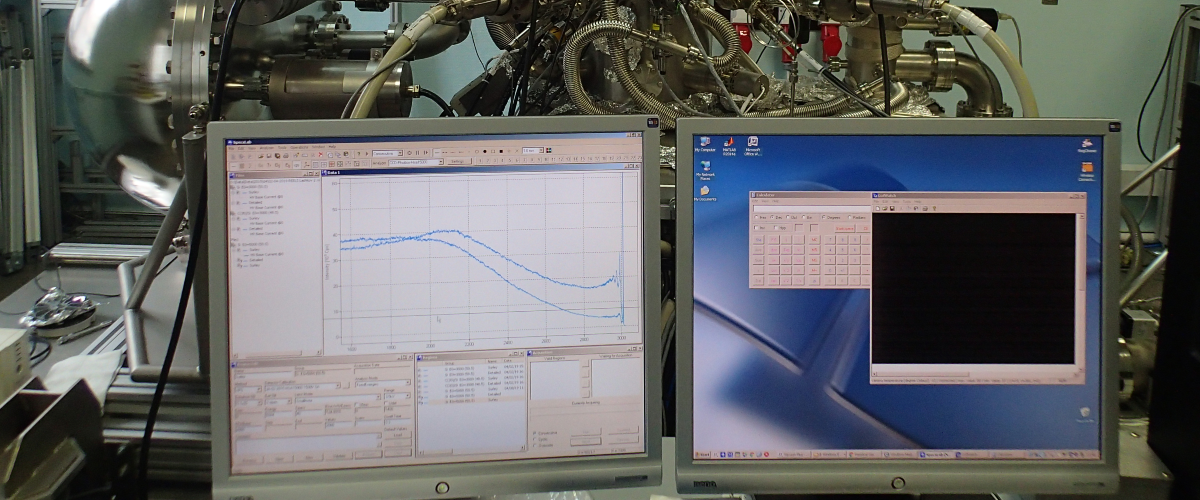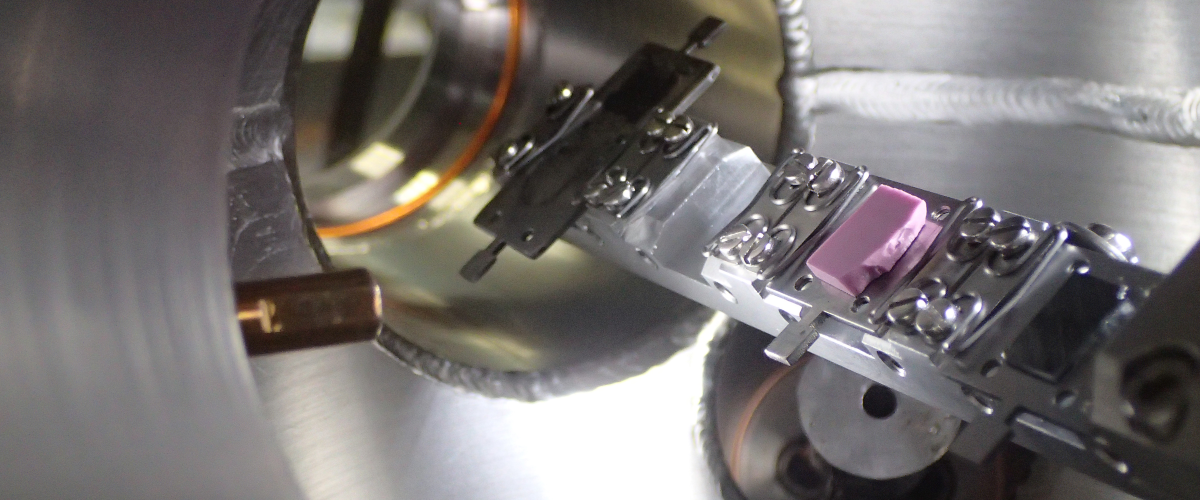XPS analysis
The website enables its users to create and control the experimental photoelectron spectra database, perform XPS profiling of solid surfaces: Element Analysis, Quantitative Analysis, Phase Analysis, Depth Profile Analysis.

Experiments application
Experiments application includes blocks for creation and control of experimental X-ray photoelectron spectra databases. The application can read measured spectra from files of VAMAS or SpexLab format. The following hierarchy of experimental data is supported: 1) Experiment, 2) Series, 3) Group, 4) Region. Information on experimental conditions and geometry of each spectrum is saved in the database: Sighting Angle, Sputtering Time, Oxidation Time, Target, Instrument (which the spectrum has been recorded with), Experiment description. Each spectrum is appropriated to one of the access types: Private, Team, Public. The application includes programs for calibration of spectra and Correction of Peak Shift.

Analysis application
Analysis application implement XPS methods: Element analysis, Quantitative analysis, Phase Analysis, Depth Profile Analysis.Element analysis enables to find the elemental composition of the target by the binding energies corresponding to certain photoelectron peaks. The binding energy values may be chosen from the commonly accepted data sets of Handbook XPS or Bearden Burr or Gwyn Williams. The XPS binding energy database is included in Material characteristic block.For Quantitative Analysis in a photoelectron spectrum after the background subtraction procedure, positions of peaks generated by non-scattered and elastically scattered photoelectrons are determined. By intensity of these peaks considering the sensitivity factor, relative concentrations of the elements are calculated. The quantitative analysis may be performed within the homogeneous mixing model framework using the overview spectra or by analysis of single spectra. The sensitivity factors may be chosen from the commonly accepted data sets of Wagner or Scofield.The method for Phase Analysis includes: 1) a method for background subtraction accounting for depth non-uniformity of electron energy losses; 2) a method for photoelectron line decomposition into elementary peaks, which accounts for physical nature of the decomposition parameters; 3) joint solving of both background subtraction and photoelectron line decomposition problems.

